#Cotton | King
Explore tagged Tumblr posts
Text
What Happened When a Fearless Group of Mississippi Sharecroppers Founded Their Own City
Strike City was born after one small community left the plantation to live on their own terms
— September 11, 2023 | NOVA—BPS
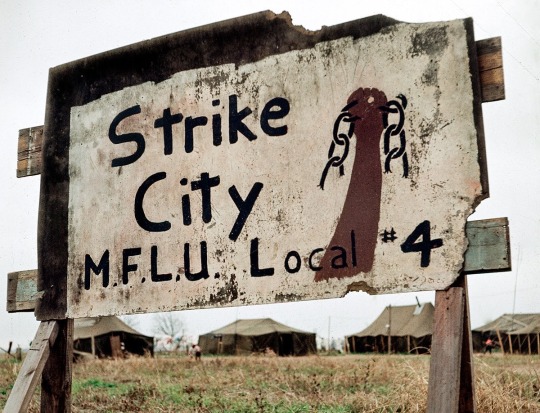
A tin sign demarcated the boundary of Strike City just outside Leland, Mississippi. Photo by Charlie Steiner
In 1965 in the Mississippi Delta, things were not all that different than they had been 100 years earlier. Cotton was still King—and somebody needed to pick it. After the abolition of slavery, much of the labor for the region’s cotton economy was provided by Black sharecroppers, who were not technically enslaved, but operated in much the same way: working the fields of white plantation owners for essentially no profit. To make matters worse, by 1965, mechanized agriculture began to push sharecroppers out of what little employment they had. Many in the Delta had reached their breaking point.
In April of that year, following months of organizing, 45 local farm workers founded the Mississippi Freedom Labor Union. The MFLU’s platform included demands for a minimum wage, eight-hour workdays, medical coverage and an end to plantation work for children under the age of 16, whose educations were severely compromised by the sharecropping system. Within weeks of its founding, strikes under the MFLU banner began to spread across the Delta.
Five miles outside the small town of Leland, Mississippi, a group of Black Tenant Farmers led by John Henry Sylvester voted to go on strike. Sylvester, a tractor driver and mechanic at the A.L. Andrews Plantation, wanted fair treatment and prospects for a better future for his family. “I don’t want my children to grow up dumb like I did,” he told a reporter, with characteristic humility. In fact it was Sylvester’s organizational prowess and vision that gave the strikers direction and resolve. They would need both. The Andrews workers were immediately evicted from their homes. Undeterred, they moved their families to a local building owned by a Baptist Educational Association, but were eventually evicted there as well.
After two months of striking, and now facing homelessness for a second time, the strikers made a bold move. With just 13 donated tents, the strikers bought five acres of land from a local Black Farmer and decided that they would remain there, on strike, for as long as it took. Strike City was born. Frank Smith was a Student Nonviolent Coordinating Committee worker when he went to live with the strikers just outside Leland. “They wanted to stay within eyesight of the plantation,” said Smith, now Executive Director of the African American Civil War Memorial and Museum in Washington, D.C. “They were not scared.”
Life in Strike City was difficult. Not only did the strikers have to deal with one of Missississippi’s coldest winters in history, they also had to endure the periodic gunshots fired by white agitators over their tents at night. Yet the strikers were determined. “We ain’t going out of the state of Mississippi. We gonna stay right here, fighting for what is ours,” one of them told a documentary film team, who captured the strikers’ daily experience in a short film called “Strike City.” “We decided we wouldn’t run,” another assented. “If we run now, we always will be running.”
But the strikers knew that if their city was going to survive, they would need more resources. In an effort to secure federal grants from the federal government’s Office of Economic Opportunity, the strikers, led by Sylvester and Smith, journeyed all the way to Washington D.C. “We’re here because Washington seems to run on a different schedule,” Smith told congressmen, stressing the urgency of the situation and the group’s needs for funds. “We have to get started right away. When you live in a tent and people shoot at you at night and your kids can’t take a bath and your wife has no privacy, a month can be a long time, even a day…Kids can’t grow up in Strike City and have any kind of a chance.” In a symbolic demonstration of their plight, the strikers set up a row of tents across the street from the White House.
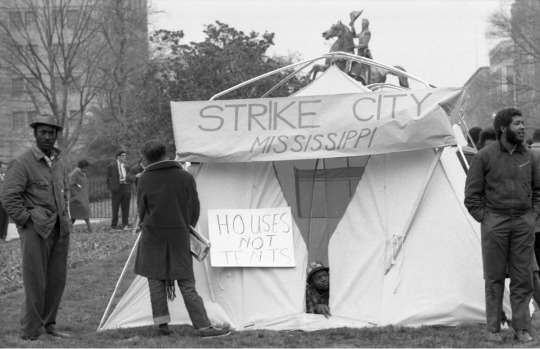
John Henry Sylvester, left, stands outside one of the tents strikers erected in Washington, D.C. in April 1966. Photo by Rowland Sherman
“It was a good, dramatic, in-your-face presentation,” Smith told American Experience, nearly 60 years after the strikers camped out. “It didn’t do much to shake anything out of the Congress of the United States or the President and his Cabinet. But it gave us a feeling that we’d done something to help ourselves.” The protestors returned home empty-handed. Nevertheless, the residents of Strike City had secured enough funds from a Chicago-based organization to begin the construction of permanent brick homes; and to provide local Black children with a literacy program, which was held in a wood-and-cinder-block community center they erected.
The long-term sustainability of Strike City, however, depended on the creation of a self-sufficient economy. Early on, Strike City residents had earned money by handcrafting nativity scenes, but this proved inadequate. Soon, Strike City residents were planning on constructing a brick factory that would provide employment and building material for the settlement’s expansion. But the $25,000 price tag of the project proved to be too much, and with no employment, many strikers began to drift away. Strike City never recovered.
Still, its direct impact was apparent when, in 1965, Mississippi schools reluctantly complied with the 1964 Civil Rights Act by offering a freedom-of-choice period in which children were purportedly allowed to register at any school of their choice. In reality, however, most Black parents were too afraid to send their children to all-white schools—except for the parents living at Strike City who had already radically declared their independence . Once Leland’s public schools were legally open to them, Strike City kids were the first ones to register. Their parents’ determination to give them a better life had already begun to pay dividends.
Smith recalled driving Strike City’s children to their first day of school in the fall of 1970. “I remember when I dropped them off, they jumped out and ran in, and I said, ‘They don't have a clue what they were getting themselves into.’ But you know kids are innocent and they’re always braver than we think they are. And they went in there like it was their schoolhouse. Like they belonged there like everybody else.”
#The Harvest | Integrating Mississippi's Schools | Article#NOVA | PBS#American 🇺🇸 Experience#Mississippi Delta#Cotton | King#Abolition | Slavery#Black Sharecroppers#Mechanized Agriculture#Mississippi Freedom Labor Union (MFLU)#Leland | Mississippi#Black Tenant Farmers#John Henry Sylvester | Truck Driver | Mechanic#A.L. Andrews Plantation#Fair Treatment | Prospects#Baptist Educational Association#Frank Smith | Student | Nonviolent Coordinating Committee#Strike City#Executive Director | African American | Civil War Memorial & Museum | Washington D.C.#Federal Government | Office of Economic Opportunity#Congress of the United States | The President | Cabinet#Brick Homes | Black Children | Literacy Program#Wood-and-Cinder-Block | Community Center
6 notes
·
View notes
Text

🔩 👻 🕸️ 🧛
#my art#art#HAPPY HALLOWEEN#YAAAAAAY#halloween#one piece#one piece art#one piece fanart#usopp#god usopp#soul king brook#brook#tony tony chopper#chopper#cotton candy lover chopper#monkey d. luffy#luffy#strawhat luffy#frankenstein#ghost#skeleton#mummy#vampire
418 notes
·
View notes
Text
Hastur - King In Yellow
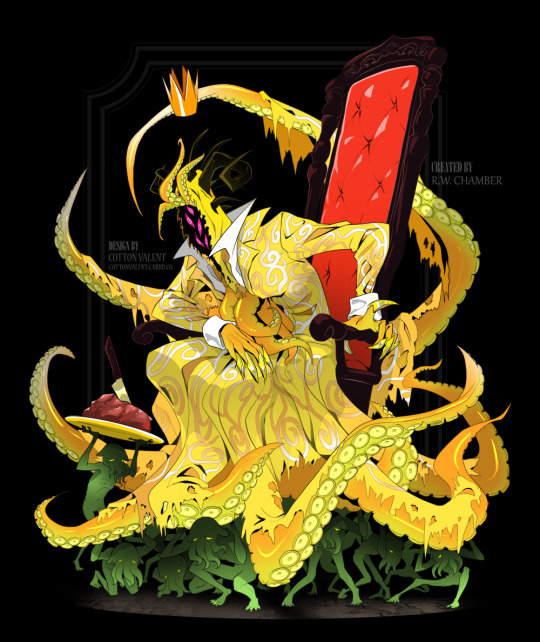
629 notes
·
View notes
Text


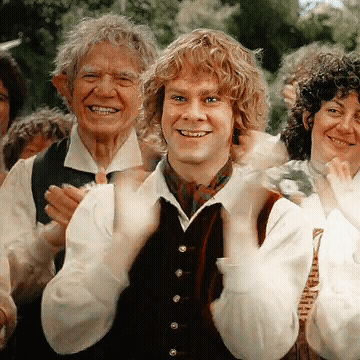
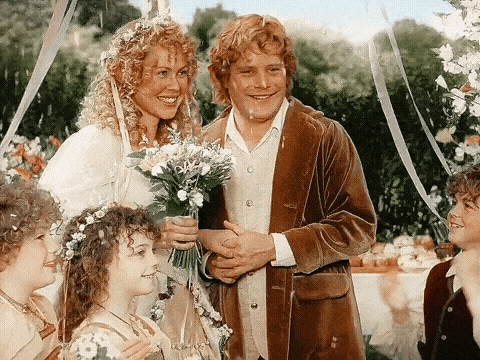

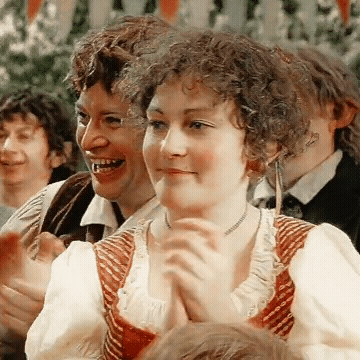


'... and although it took courage, he finally asked for the hand of fair Rosie Cotton. It was the bravest thing he ever did.'
#lotr#lord of the rings#the lord of the rings#lotr gifs#lotr edit#sam and rosie#rosie cotton#frodo baggins#samwise gamgee#sam gamgee#pippin#pippin took#tolkien#peregrin took#merry brandybuck#meriadoc Brandybuck#rotk#return of the king#jrrt#gifset#lotr gifset
168 notes
·
View notes
Note
Do you have any hc or stuff like that for macaque is spared au?
Spared!Macaque is a constant ‘work in progress’. Since info is so limited on him I tend to make up my own stuff! So as a preface, a lot of this isn’t canon:
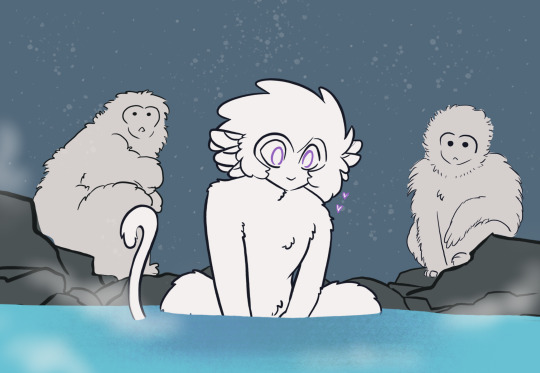
1.) Macaque’s coat is thick and fluffy because of his origins upon a chilly mountain, where he grew up with his fellow snow monkeys. The constant howl of the wind kept his sensitive ears safe from the outside world in his formative years.
2.) His troop often socialized in the hot springs of their mountains. Because of this, Macaque grew up valuing the lushness of his fur, and general cleanliness.
3.) favorite food is sweet potatoes. Plums and peaches make his fur sticky
4.) he can read and write, and has been keeping notes on the jttw crew since the beginning
5.) a lover of the theatre, enjoys an audience. But is timid when he leaves the stage.
6.) He is self taught in all combative and magical aspects
If you have your own headcanons that you would like to add, feel free to send some suggestions ^^
#in simple terms#he schmol and poofy#cotton ball#six eared macaque#jttw#monkey king#overly sarcastic productions#jttw macaque#snow monkey#spared!macaque#au#ask#anon#side stuff
1K notes
·
View notes
Text
Maybe I should do a masterpost...
𝐇𝐢 𝐚𝐧𝐝 𝐰𝐞𝐥𝐜𝐨𝐦𝐞 𝐭𝐨 𝐦𝐲 𝐛𝐥𝐨𝐠!
•Call me Ahbasta! I'm a she/her
•My first language is French, so it's possible for me to not understand something or to make mistakes sometimes!
-----------------------------
-I post silly things about Ava/m, it may be possible for me to talk about other fandom though.
-I sometimes post a LOT, like not posting anything. This blog is made to have fun sharing my things!
-I really appreciate asks! I could also draw them whenever I can! I may also close them if I don't feel like receiving asks or if I'm getting too much, I'm still not used to it - -'
-The tags I use are below that post. I react to a lot of things via reblogs so I recommend you using the tags to find my stuff..
-If you want to do something with me or my stuff in general, PLEASE ask me first! I hate not being aware.
-----------------------------
•Asks: Closed
•Silly art requests: Closed
•Lore :0
-----------------------------
And... I think that's all?? I'll edit that maybe..
I hope you enjoy my stuff, have a good day/night :D

#alan becker#color gang#ahbasta says#ahbasta09#ahbasta reblogs#ahbasta answers#the bow#the bow answers#art requests :>#faces animations :0#the baby anon wat#cotton :D#comic :0#Ocs :0#shimejis :D#lore? :0#lore :0#lol#avm red#avm green#avm yellow#avm blue#avm tsc#ava tco#ava tdl#ava victim#avm purple#avm king orange
68 notes
·
View notes
Text










Happy birthday Chopper~!🌸
#one piece#one piece funny#luffy#zoro#nami#usopp#sanji#tony tony chopper#ᕕ( ᐛ )ᕗ#monkey d luffy#roronoa zoro#cat burglar nami#god usopp#cotton candy lover chopper#pirate hunter zoro#dorobo neko nami#sniper king usopp#black leg sanji#ruffy#marimo#one piece episode 91#drum island arc
51 notes
·
View notes
Text




Not sure if the doll is really cute or extremely creepy...
#thrifting#shiftythrifting#submission#that doll looks like cotton from king of the hill#dolls#royal family shit#princess diana#that doll looks evil idk#feet#mugs#we have the marriage version of that mug in the BT household
105 notes
·
View notes
Text


G1 My Little Pony comic #23, "A Pillow for Princess Pearl"
#g1#mlp#my little pony#comics#scans#Princess Pearl#Garnet Witch#Majesty#Heart Throb#Prince Hal#Prince Tal#Prince Cal#Blossom#Cotton Candy#Land of Bright Jewels#King Cornellian#Bow Tie#Sparkler#Lemon Drop#the Sandman#Twilight
31 notes
·
View notes
Text

Poseidad.
Unfortunately, I can't draw cotton candy or flowers.
@king-of-the-fish
@cotton-candy-anon
28 notes
·
View notes
Text





it would have been her.
#lord of the rings#lotr#samwise gamgee#rosie cotton#frodo baggins#my hearts broken#return of the king#fellowship of the ring#the two towers
59 notes
·
View notes
Text
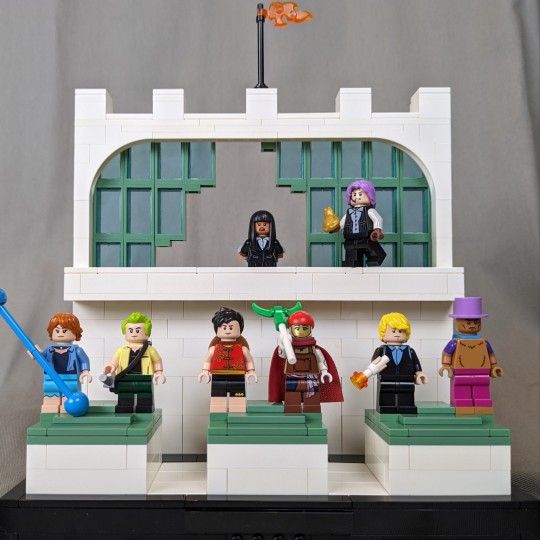
"I want to live! Take me with you, take me away from here!"
I've been planning and working on these minifigs and this diorama for a couple months now, and it's finally finished. This is one of my favorite scenes in One Piece and I wanted to find a way to recreate it in Lego
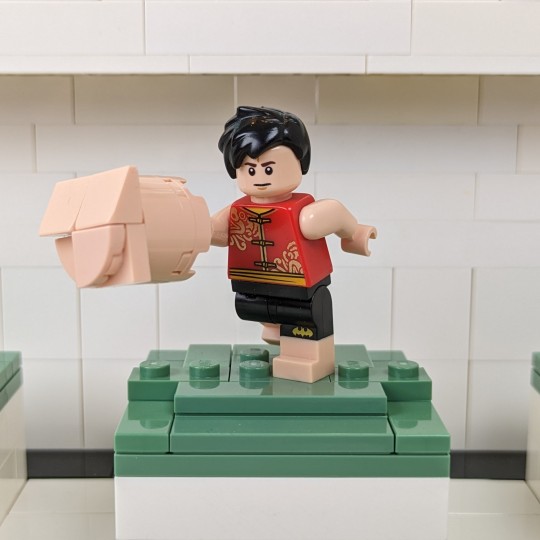
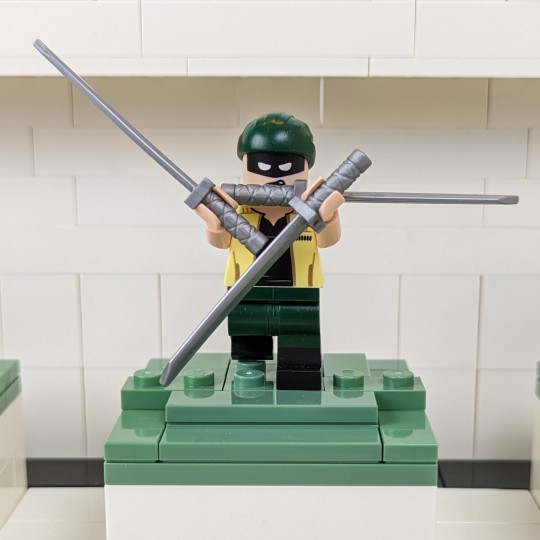

Luffy's gear 3, Zoro's 3 sword style, and Nami with her clima tact

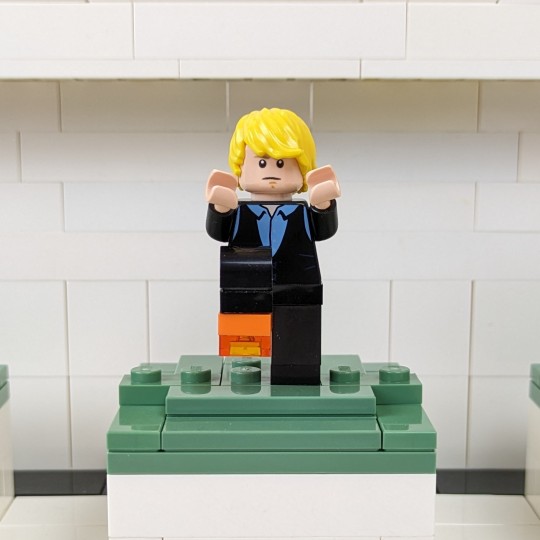
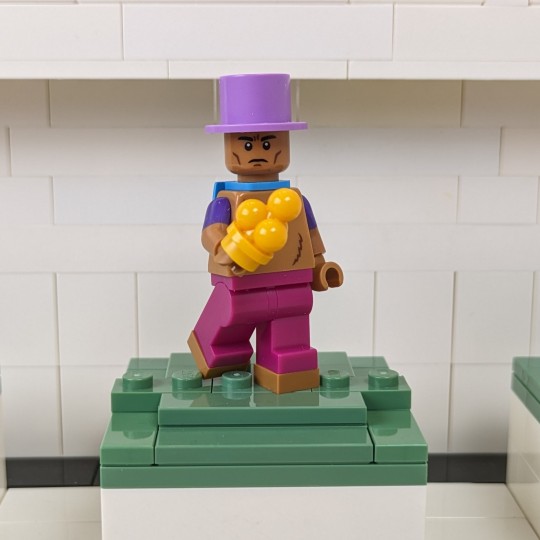
Sniper King, Sanji's diable jambe, and Chopper with the 3 rumble balls (I wasn't going to try and make a brick built monster point)
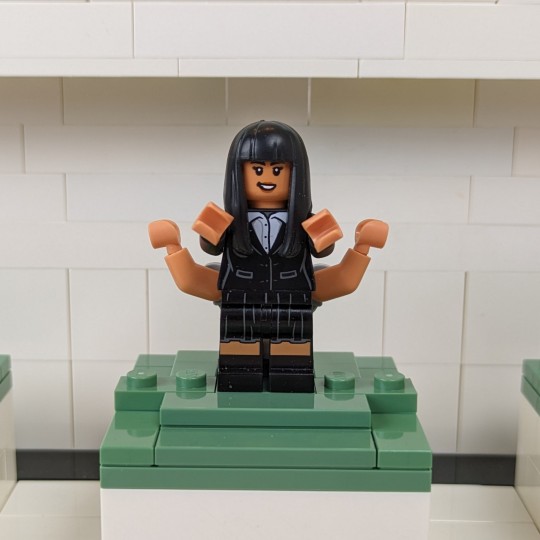
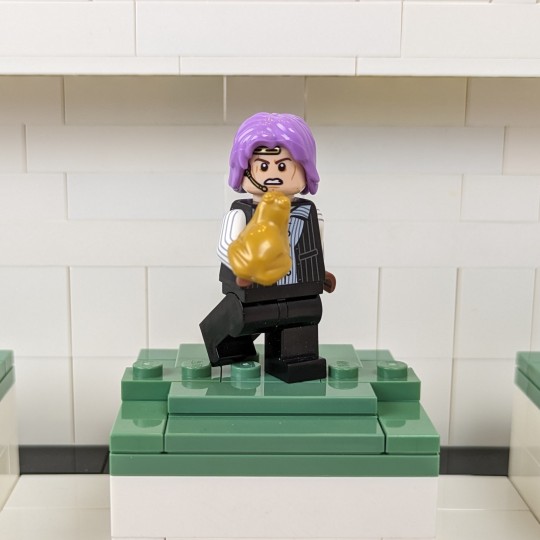
Robin's Dos Fleur, and Spandam with the golden transponder snail
#lego#lego minifigures#one piece#enies lobby#lego one piece#monkey d. luffy#roronoa zoro#nami#usopp#sniper king#vinsmoke sanji#tony tony chopper#nico robin#spandam#custom minifigures#purist minifigures#straw hat pirates#straw hat luffy#pirate hunter zoro#cat burglar nami#sniper king usopp#black leg sanji#cotton candy lover chopper#devil child nico robin#lego moc#lego diorama
85 notes
·
View notes
Text


#you know when a guy says seeing his girl dressed in sweatshirts is very very sexy?#elvis in cotton shirts makes me feel the same#hes amazing dressed to the nines but head spinning to me when he wore t-shirts tank tops and track suits... general comfy outfits#elvis presley#elvis#elvis fans#elvis the king
37 notes
·
View notes
Text


Brothers
342 notes
·
View notes
Text




Well, I'm back.
#lotr#lord of the rings#return of the king#rotk#samwise gamgee#sam gamgee#rosie cotton#elanor gardner#elanor gamgee#frodo gardner#frodo gamgee#sean astin#sarah mcleod#ali astin#maisy mcleod-riera
26 notes
·
View notes
Text
#lotr#jrr tolkien#lotr books#tolkien legendarium#lord of the rings#lotr poll#samwise gamgee#frodo baggins#rosie cotton#samfrosie#frodo x sam x rosie#sam gamgee#lotr frodo#lotr samwise#hobbits#bag end#tolkien polls#ship poll#the return of the king#rotk#the shire#sam x frodo#frodo x sam#samfro#samfrodo#sam x rosie
22 notes
·
View notes